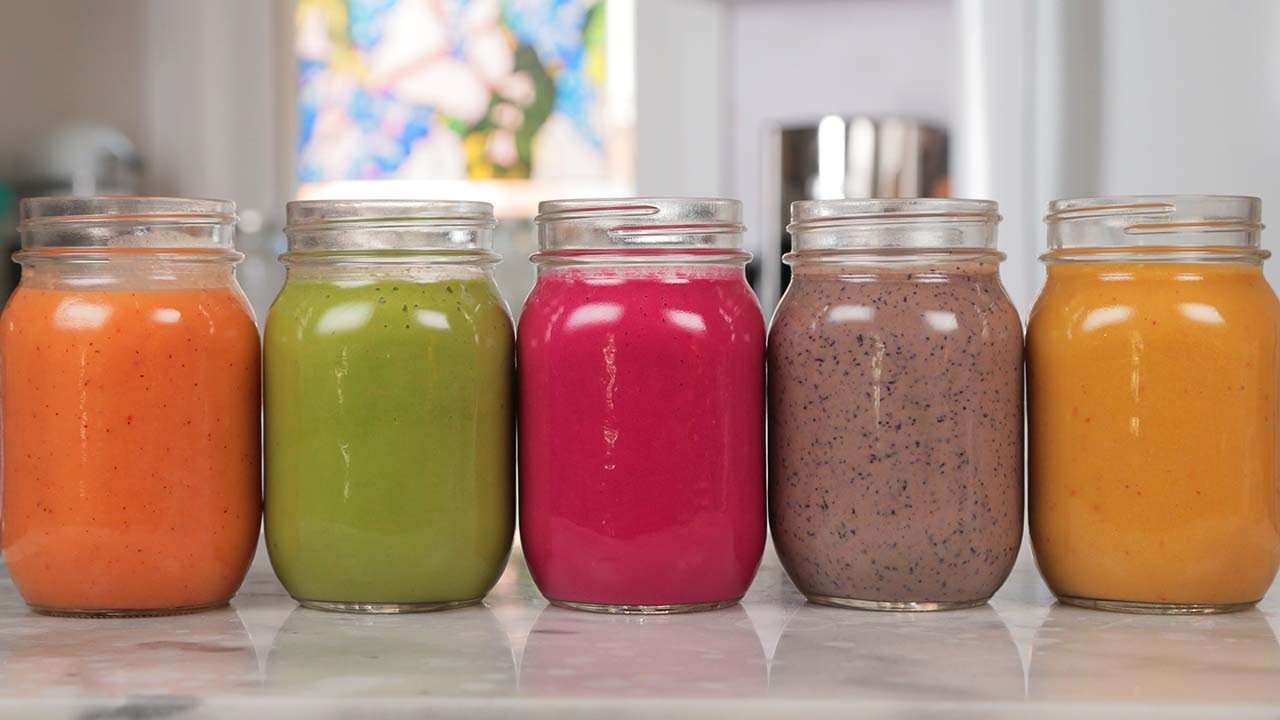Eating healthy doesn’t have to break the bank. With some careful planning and smart choices, you can create nutritious meals without spending a fortune. In this post, we’ll share tips and tricks on how to cook healthy meals on a budget, so you can enjoy delicious, wholesome food every day without straining your finances.

1. Plan Your Meals in Advance
Meal planning is the first step to saving both time and money. When you plan your meals for the week, you can avoid impulse buys and reduce food waste. Start by creating a weekly menu based on healthy, budget-friendly recipes. Look for meals that share common ingredients, as this helps you buy in bulk and cut costs. Planning also allows you to make use of leftovers and minimize waste, which saves you money in the long run.
2. Buy in Bulk
Buying in bulk is one of the best ways to save money on healthy foods. Items like grains (rice, oats, quinoa), beans, lentils, and frozen vegetables are often much cheaper when bought in larger quantities. These staples are nutritious, versatile, and have a long shelf life. Purchasing bulk items reduces the overall cost per serving, allowing you to enjoy healthy meals for less. You can also stock up on seasonal fruits and vegetables when they’re on sale and freeze them for later use.
3. Choose Plant-Based Proteins
Animal-based proteins like meat and fish can be expensive, especially if you’re trying to feed a family. Plant-based proteins, such as beans, lentils, tofu, and chickpeas, are affordable, nutritious, and versatile alternatives. These protein sources are high in fiber, vitamins, and minerals, making them a great addition to your diet. Meals like lentil stew, bean chili, or stir-fried tofu are healthy, filling, and cost-effective.
4. Shop Seasonally and Locally
Seasonal produce tends to be less expensive because it’s more abundant. By shopping for fruits and vegetables that are in season, you can save money and enjoy fresher, tastier options. Local farmer’s markets often offer great deals on seasonal produce as well. When you buy locally, you support small businesses and reduce your carbon footprint. You can find recipes that highlight the current season’s best produce and make the most of these budget-friendly options.
5. Cook in Batches and Freeze
Cooking in batches is a time-saving and cost-effective strategy. When you cook large quantities of food, you can divide the meals into portions and freeze them for later. This helps you avoid the temptation to buy expensive takeout or processed foods on busy days. Soups, stews, casseroles, and grain-based dishes like rice and quinoa are perfect for batch cooking. Freezing meals also ensures that you always have a healthy option ready when you don’t have time to cook.
6. Use More Whole Grains
Whole grains like brown rice, oats, and barley are inexpensive and packed with nutrients. They are great sources of fiber and provide long-lasting energy. These grains can be used in a variety of meals, from salads to casseroles, stir-fries, or soups. Whole grains are affordable, and buying them in bulk can make them even more cost-effective. Additionally, they’re filling, meaning you won’t need to eat as much to feel satisfied.
7. Embrace Frozen Vegetables and Fruits
Frozen vegetables and fruits are often more affordable than fresh ones, and they’re just as nutritious. Freezing preserves the vitamins and minerals in produce, so you can enjoy healthy ingredients year-round at a lower cost. Stock up on frozen spinach, broccoli, peas, or berries to add to your meals. Frozen fruits are also great for making smoothies or desserts without spending much money. They’re convenient, long-lasting, and budget-friendly.
8. Limit Processed and Convenience Foods
Processed and pre-packaged foods may seem convenient, but they can be expensive and less nutritious. By cooking from scratch using whole ingredients, you not only save money but also have control over the nutrients in your meals. Instead of buying pre-made sauces, dressings, or frozen dinners, focus on simple recipes that require basic ingredients. For example, making your own tomato sauce or salad dressing from scratch costs a fraction of what you’d spend on store-bought versions.
9. Shop Smart and Look for Discounts
Take advantage of discounts, sales, and coupons when shopping for groceries. Many grocery stores offer discounts on items nearing their expiration date, which can be great for bulk purchases or products you can freeze. Look for weekly flyers or use store apps to find the best deals on healthy foods. Additionally, consider buying store brands, as they often offer the same quality as name brands at a lower price.
10. Focus on Simple, One-Pot Meals
One-pot meals are both budget-friendly and easy to prepare. Dishes like soups, stews, casseroles, and stir-fries require fewer ingredients and cook in one pot, saving you both money and cleanup time. These meals are often packed with vegetables, grains, and protein, providing a balanced and nutritious option for any time of day. Simple meals like vegetable soup, lentil curry, or a veggie stir-fry can be made with minimal ingredients while still being delicious and healthy.
Smart Entertainment for Savvy Players
Just like choosing whole, real foods over processed alternatives, being selective with entertainment platforms can lead to better long-term satisfaction. For those in New Zealand, real money online casinos new zealand offer reputable options where quality and return are top priorities. It’s about knowing what goes into your decisions—whether on your plate or your screen.
Conclusion
Cooking healthy meals on a budget is completely possible with some planning and smart choices. By meal planning, buying in bulk, and focusing on plant-based proteins and whole grains, you can enjoy nutritious meals without overspending. Shop seasonally, cook in batches, and embrace frozen produce to make your food budget stretch further. With these tips, you’ll be able to prepare affordable, healthy meals that will keep you feeling good and satisfied all week long.











